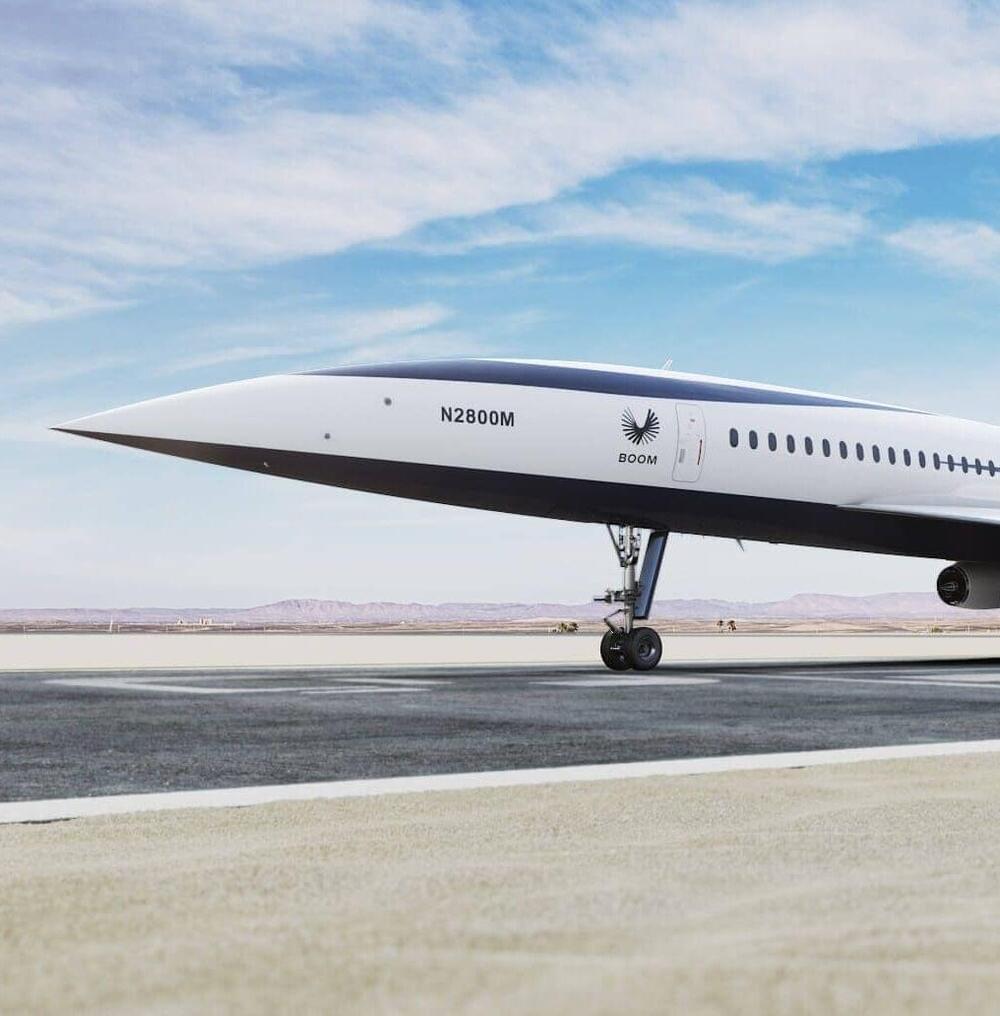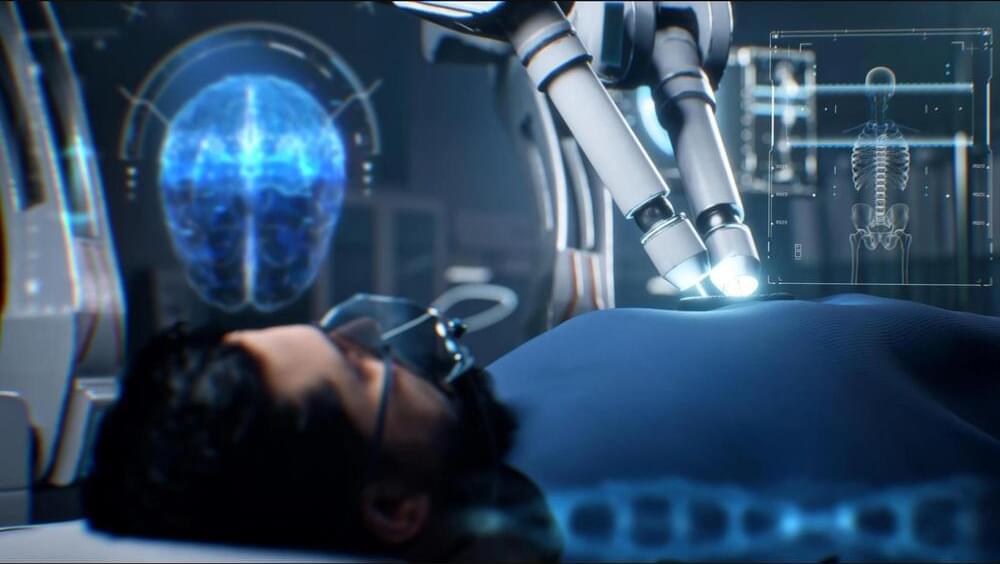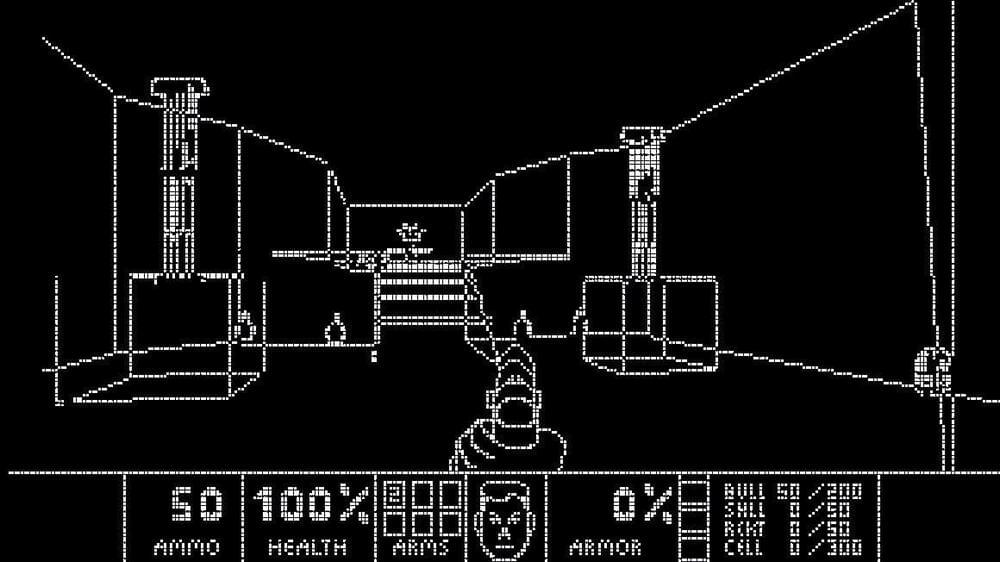Each Monday, I pick out North America’s celestial highlights for the week ahead. This coming week includes a naked-eye comet and an annular solar eclipse.



American start-up Boom Supersonic is planning to develop the very first supersonic aircraft powered by 100% sustainable fuel. The aircraft, named Overture, would succeed Concorde in providing ultrafast connections between Europe and the United States, more than 20 years after the latter ceased operation. The new aircraft also echoes its predecessor’s unique, long and slender design.
Boom Supersonic is currently flying a demonstrator, the XB-1, over the Mojave Desert in California. A first supersonic flight (at Mach 1) is now expected by the end of 2024, following the green light given from the Federal Aviation Administration (FAA). All these tests are designed to ensure the aircraft’s reliability and maneuverability. Above all, they lay the foundations for the firm’s future Overture plane.


Many vaccines, including vaccines for hepatitis B and whooping cough, consist of fragments of viral or bacterial proteins.
“Not only are we delivering the protein in a more controlled way through a nanoparticle, but the compositional structure of this particle is also acting as an adjuvant,” Jaklenec says. “We were able to achieve very specific responses to the Covid protein, and with a dose-sparing effect compared to using the protein by itself to vaccinate.”
Vaccine access
While this study and others have demonstrated ZIF-8’s immunogenic ability, more work needs to be done to evaluate the particles’ safety and potential to be scaled up for large-scale manufacturing. If ZIF-8 is not developed as a vaccine carrier, the findings from the study should help to guide researchers in developing similar nanoparticles that could be used to deliver subunit vaccines, Jaklenec says.


A key aspect of human factors in robotic surgery is the training and proficiency of the surgeon. Robotic systems, although designed to enhance precision, rely heavily on the expertise of the individuals operating them. Companies should invest in comprehensive training programs that extend beyond basic certification and promote a culture of continuous learning and skill development.
Simulation-based training, for example, provides a risk-free environment for practicing complex procedures, helping surgeons build confidence and proficiency. Implementing standardized certification processes ensures consistent competency levels among surgeons.

DOOM has been ported to quantum computers, marking another milestone for this seminal 3D gaming title. However, the coder behind this feat admits that there is currently no quantum computer capable of executing (playing) this code right now. All is not lost, though, as Quandoom can run on a classical computer, even a modest laptop, using a lightweight QASM simulator.
Barcelona ICFO-based Quantum Information PhD student Luke Mortimer, AKA Lumorti, is behind this newest port of DOOM. In the ReadMe file accompanying the Quandoom 1.0.0 release, Lumorti quips that “It is a well-known fact that all useful computational devices ever created are capable of running DOOM,” and humorously suggests that Quandoom may be the first practical use found for quantum computers.


Summary: A new study reveals that the absence of the TRMT10A enzyme disrupts tRNA levels, leading to impaired protein synthesis and brain function. Researchers found that mice lacking the Trmt10a gene had decreased levels of key tRNAs, which affected neuronal synapses and cognitive abilities.
The findings suggest that while tRNA reduction occurs in multiple tissues, the brain is particularly vulnerable to its effects. This research could pave the way for new therapies targeting tRNA modification to treat intellectual disabilities.

To make sense of the world around us, the brain must process an…
Neurons in certain brain areas integrate ‘what’ and ‘when’ information to discern hidden order in events happening in real time.
By Miryam Naddaf & Nature magazine
The human brain is constantly picking up patterns in everyday experiences — and can do so without conscious thought, finds a study of neuronal activity in people who had electrodes implanted in their brain tissue for medical reasons.